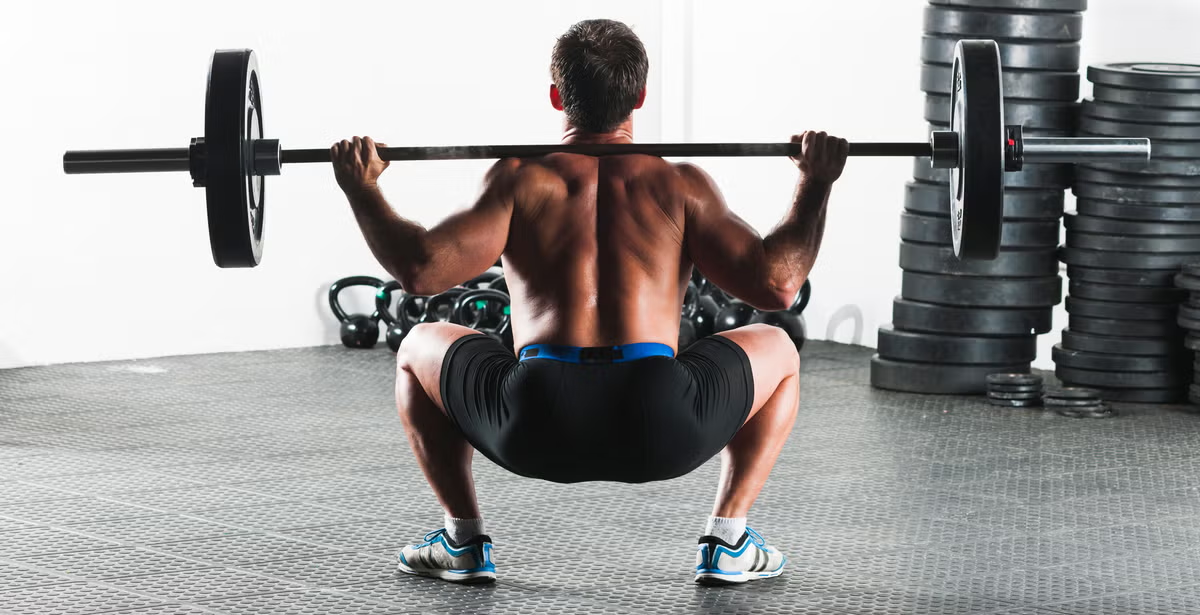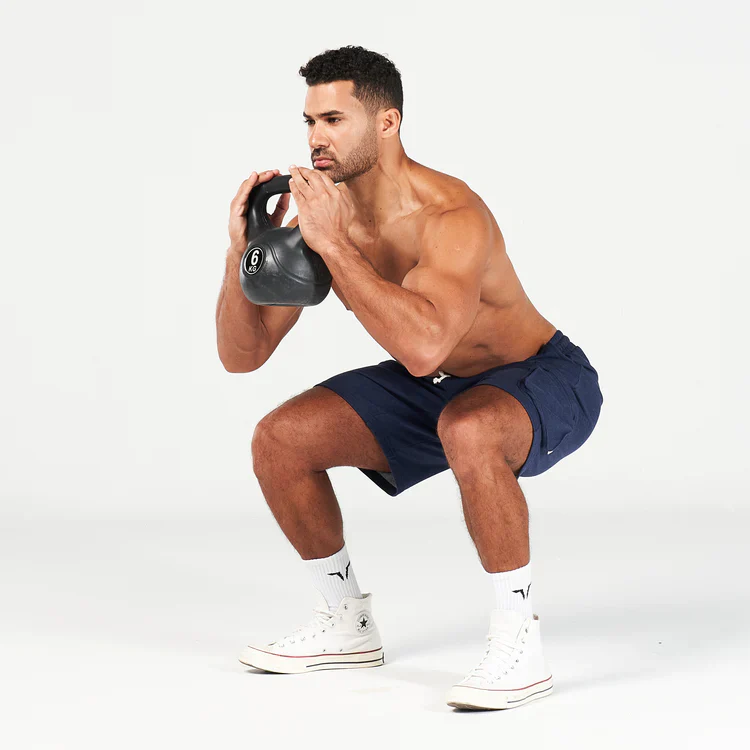Why Your Glutes Aren’t Growing — And How to Fix It
You train hard, stay consistent, and never skip leg day — yet your glutes just won’t grow. Sound familiar?
You’re not alone.
Whether you’re a bodybuilder sculpting symmetry for the stage, a strength athlete chasing performance, or simply someone who wants strong, defined glutes — lack of progress can be frustrating. But here’s the truth: if your glutes aren’t growing, it’s not genetics — it’s your training strategy.
In this deep-dive guide, we’ll break down the 7 most common mistakes that kill glute gains, and show you how to fix them with proven bodybuilding strategies. From exercise execution to volume programming to recovery, we’ll cover it all — so you can unlock serious glute hypertrophy.
1. You’re Not Actually Targeting Your Glutes
The Mistake:
Relying too much on general compound lifts like back squats, leg press, or walking lunges — assuming glutes will “get hit” by default.
The Fix:
Train your glutes directly. Squats and lunges are quad-dominant by nature. While they can recruit glutes, they don’t do it as effectively as movements that focus on hip extension, especially in the shortened range.
Glute-Specific Compound Lifts:
- Barbell Hip Thrusts
- Romanian Deadlifts (RDLs)
- 45-Degree Hyperextensions (with glute bias)
Targeted Isolation Movements:
- Cable Glute Kickbacks
- Frog Pumps
- Side-Lying Hip Abductions
- Seated Hip Abduction Machine
💡 Pro Tip: Sore quads or hamstrings ≠ effective glute training. Focus on exercises where you feel the glutes working — especially in the squeeze.
2. Weak Mind-Muscle Connection
The Mistake:
Mindlessly going through the motions — bouncing reps, using momentum, or letting secondary muscles take over.
The Fix:
You must feel the glutes contract in every rep. The glutes are a strong but stubborn muscle group that often under-activate, especially in lifters with dominant quads or tight hip flexors.
Build Better Connection:
- Slow Down: Use a 2–3 second eccentric (lowering) phase.
- Pause at Peak Contraction: Hold the squeeze at the top of hip thrusts, bridges, or kickbacks for 1–2 seconds.
- Use Lighter Loads: Strip the ego. Train with weight that allows you to feel the muscle, not just move the weight.
🎯 Focused contraction beats heavy sloppiness every time in bodybuilding.
3. Low Frequency or Inconsistent Volume
The Mistake:
Only training glutes once per week or throwing in a few random sets at the end of leg day.
The Fix:
Muscle groups — especially the glutes — respond better to higher frequency and strategic volume. They can handle more work and recover quickly when properly managed.
Build a Weekly Plan:
- Train glutes 2–3 times per week
- Aim for 12–20 total glute-focused sets weekly
- Use a split approach:
- Day 1: Heavy compound focus (e.g., hip thrusts, RDLs)
- Day 2: Isolation + pump work (e.g., abductions, frog pumps)
📅 Example: Monday (heavy), Thursday (volume/pump)
Suggested Weekly Breakdown:
- 2 compound lifts per week
- 2–4 isolation movements across both sessions
- Rest days between glute sessions for recovery
4. Poor Hip Thrust Execution
The Mistake:
Incorrect bar placement, rushing the reps, limited range of motion, and overextending the lower back — all of which kill glute tension.
The Fix:
Perfect your hip thrust technique. As a bodybuilder, the hip thrust should be your glute bread and butter. If you mess up the setup or execution, you’re leaving gains on the table.
Dial In Your Form:
- Bench Height: Align upper back (scapula) with the edge.
- Foot Placement: Shins vertical at the top of the rep (~90° knee bend).
- Spine Position: Lockout to neutral — don’t hyperextend.
- Barbell Position: Rest it just below your hip bones with a thick pad.
Rebuild from the Ground Up:
Film your set. Slow it down. Reset every few weeks and recheck form. Execution is everything when you want full glute contraction and overload.
5. Only Doing Bands or High-Rep “Pump” Work
The Mistake:
Living on high reps, banded workouts, or Instagram-style glute finishers — but avoiding heavy compound work.
The Fix:
Train glutes like any other muscle group you want to grow — with progressive overload. While banded abductions and frog pumps can build a burn, they won’t create maximum hypertrophy unless paired with heavier compound lifts.
Glute Growth Strategy:
- Heavy Hip Thrusts: 4–6 reps for strength, 8–10 for growth
- RDLs with Load Progression
- Band Work: Use it for metabolic stress and finishers — not the main course
💣 Glutes grow under tension — not just from fatigue or pump.
6. No Progressive Overload
The Mistake:
Using the same weights, rep ranges, and tempo for months — expecting new results.
The Fix:
Apply the principle of progressive overload — slowly increase demands on the muscle week to week.
Ways to Progress:
- Increase load (add 5–10 lbs when form allows)
- Increase reps within the same load
- Improve tempo (slower eccentric, longer pause)
- Reduce rest time to add intensity
📈 Track your lifts weekly. Your logbook should reflect progress — not just effort.
Training Blocks:
- Every 4–6 weeks, rotate exercises or vary intensity (heavy/volume/pump).
- If an exercise stalls for 3+ weeks, swap it or deload and reset.
7. Poor Recovery and Subpar Nutrition
The Mistake:
Training hard but sleeping poorly, skipping meals, or undereating — especially protein.
The Fix:
Muscles grow in recovery — not in the gym.
If your glutes aren’t growing despite solid training, look at your lifestyle variables. Even the perfect program won’t help if you’re under-fueled and under-recovered.
Recovery Guidelines:
- Sleep: Aim for 7–9 hours per night — deep sleep supports anabolic hormones.
- Protein Intake: 0.8–1g per pound of bodyweight daily.
- Post-Workout Nutrition: Carbs + protein within 1 hour post-lift.
- Rest Days: Include 1–2 full recovery days per week.
🧃 Bonus Tip: A simple whey + banana shake post-glutes session can jumpstart the muscle-building process.
The Bodybuilder’s Glute Growth Checklist
Use this weekly checklist to evaluate your training efficiency. If you answer “no” to any, it’s likely your bottleneck.
| Question | Answer |
| Are you training glutes 2–3x/week? | ✅ / ❌ |
| Are you using at least 1–2 glute-focused compound lifts weekly? | ✅ / ❌ |
| Do you include isolation work for all glute regions (maximus, medius, minimus)? | ✅ / ❌ |
| Are you progressing reps, load, or tempo every week? | ✅ / ❌ |
| Can you feel a strong glute contraction in every set? | ✅ / ❌ |
| Are you sleeping 7–9 hours consistently? | ✅ / ❌ |
| Is your nutrition supporting growth and recovery? | ✅ / ❌ |
Even one “❌” gives you a place to improve — and a path forward.
🏁 Final Word: Train Smarter, Not Just Harder
Growing glutes isn’t just about hard work — it’s about smart, targeted strategy. If your glutes aren’t responding, it’s time to reassess the quality of your programming, the precision of your execution, and your recovery practices.
Here’s what to remember:
- Directly train your glutes — don’t just assume squats are enough.
- Feel the glutes work — mind-muscle connection matters.
- Progress with purpose — load, reps, tempo, and tension.
- Recover like a pro — because growth happens when you’re resting.
The glutes are one of the most powerful and aesthetic muscles in the human body — and they respond incredibly well when you train them right.
Train with intent. Eat to grow. Sleep to recover. And build glutes that don’t just show effort — they show excellence.
🔗 Related Articles:
- Complete Glute Training Guide
- Best Glute Exercises for Mass
- Barbell Hip Thrust Mastery
- Glute Isolation Movements That Actually Work
- Glute Workouts at Home: Bodyweight and Bands





